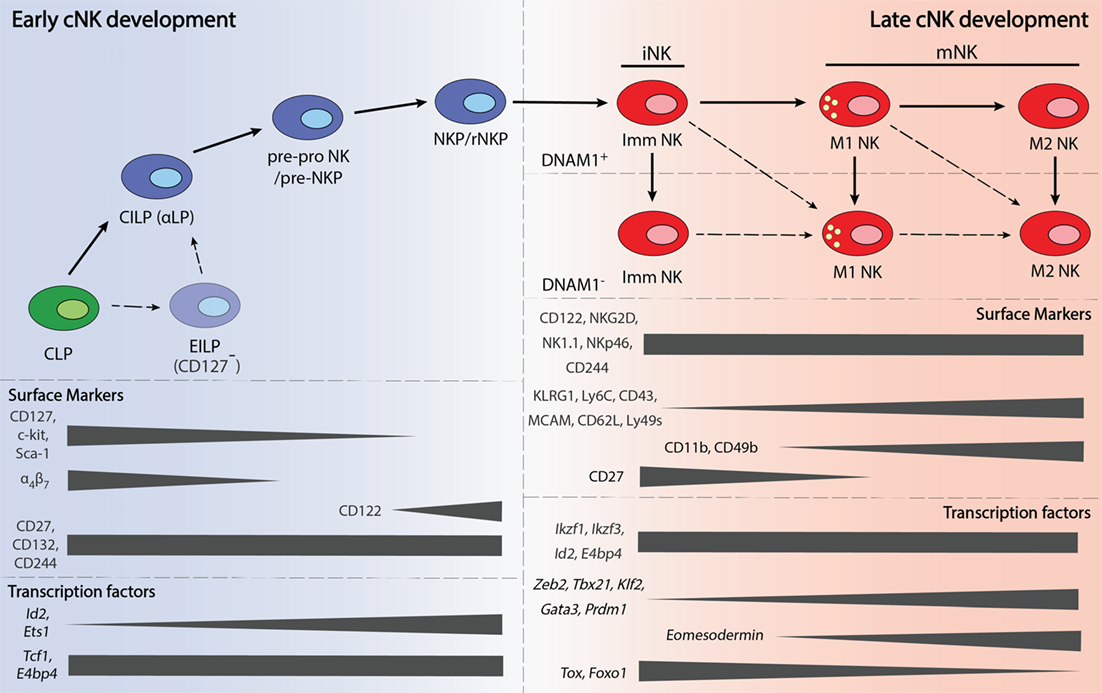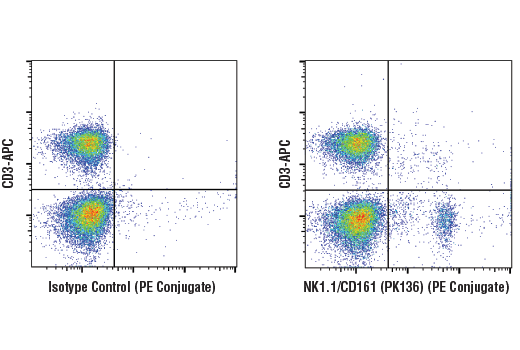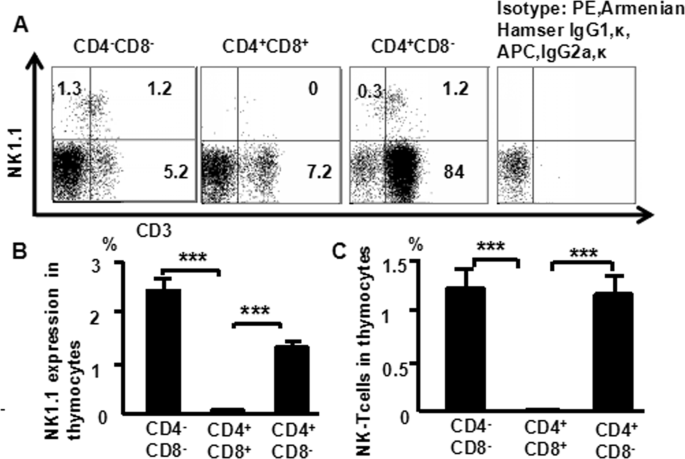
NKT Cells in Mice Originate from Cytoplasmic CD3-Positive, CD4−CD8− Double-Negative Thymocytes that Express CD44 and IL-7Rα | Scientific Reports

NKT Cells in Mice Originate from Cytoplasmic CD3-Positive, CD4−CD8− Double-Negative Thymocytes that Express CD44 and IL-7Rα | Scientific Reports
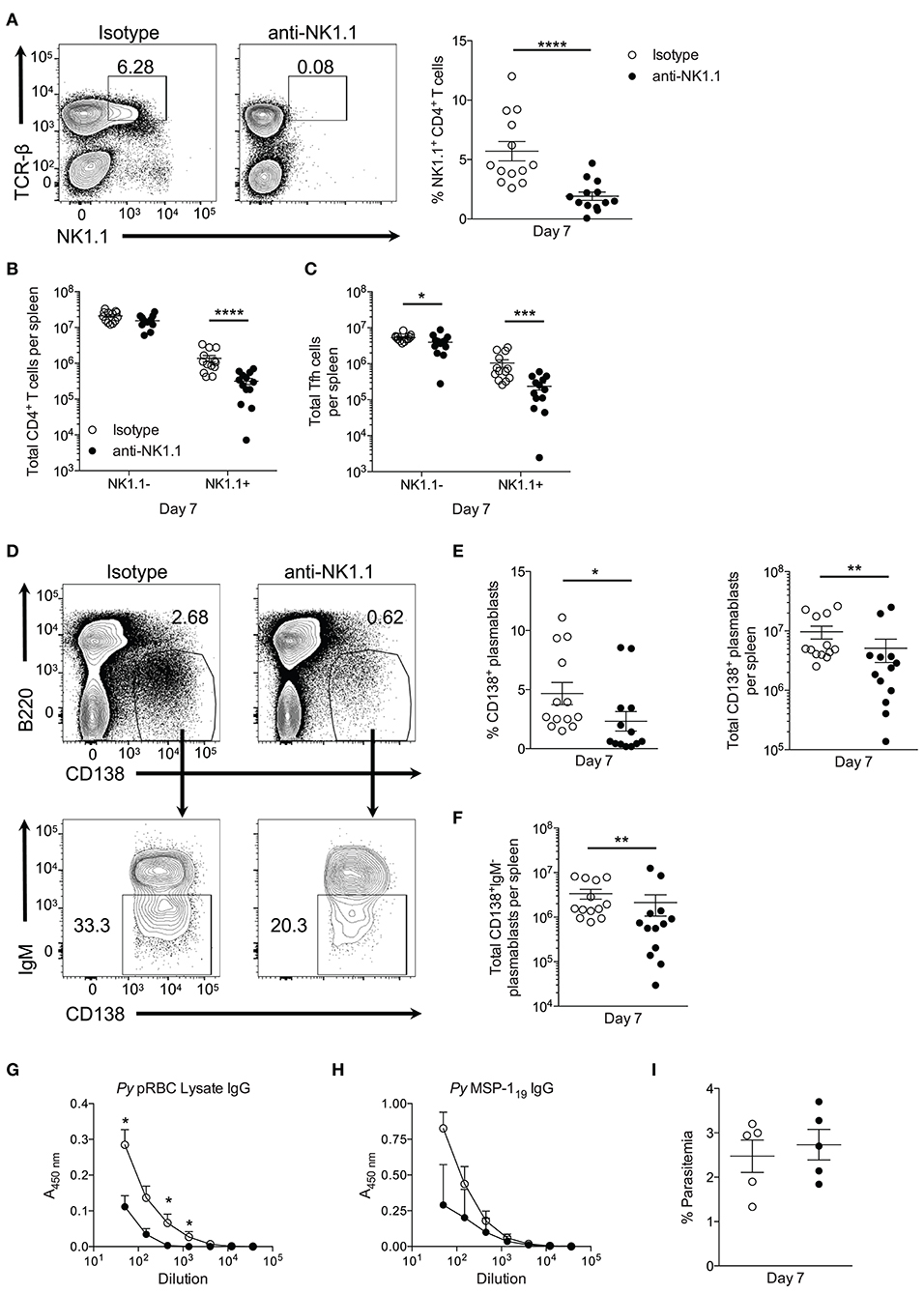
Frontiers | NK1.1 Expression Defines a Population of CD4+ Effector T Cells Displaying Th1 and Tfh Cell Properties That Support Early Antibody Production During Plasmodium yoelii Infection

Phenotype of NK1.1+CD3− cells in the SMG. (A) Naïve NK cells represent... | Download Scientific Diagram

Tissue-resident natural killer (NK) cells are cell lineages distinct from thymic and conventional splenic NK cells | eLife
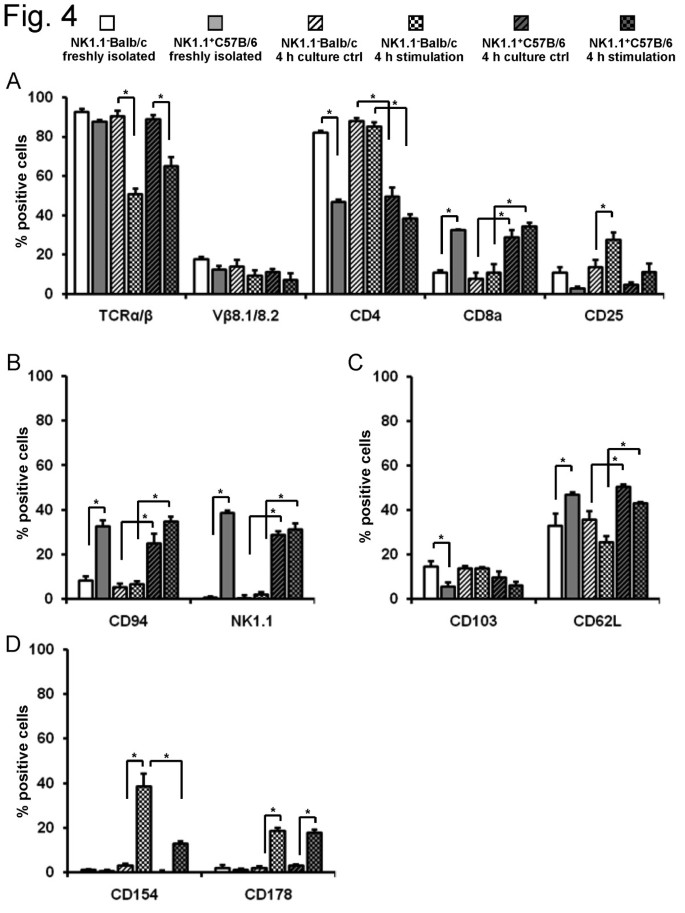
DX5+NKT cells display phenotypical and functional differences between spleen and liver as well as NK1.1-Balb/c and NK1.1+ C57Bl/6 mice | BMC Immunology | Full Text
NK cells (mouse) | Mouse cell types | Mouse cells and organs | MACS Handbook | Resources | Miltenyi Biotec | USA
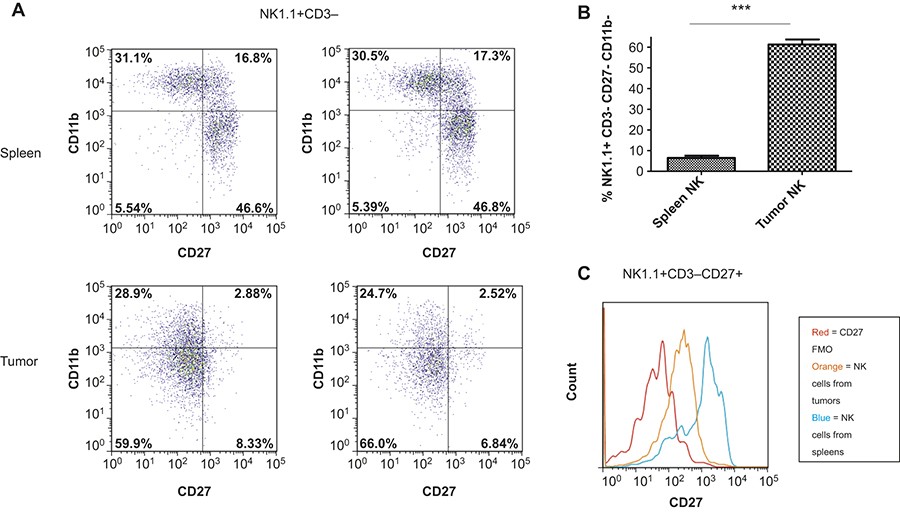
The breast tumor microenvironment alters the phenotype and function of natural killer cells | Cellular & Molecular Immunology

Figure 2 | The Immune-Modulatory Role of Apolipoprotein E with Emphasis on Multiple Sclerosis and Experimental Autoimmune Encephalomyelitis

Coexpression of NK1.1 and DX5 Ags in mature Va14 NKT cells in C57BL/6... | Download Scientific Diagram
NK cells (mouse) | Mouse cell types | Mouse cells and organs | MACS Handbook | Resources | Miltenyi Biotec | USA







